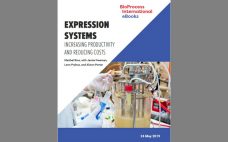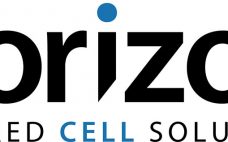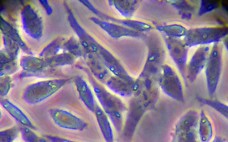The natural characteristics of Chinese hamster ovary (CHO) cells have contributed to their use as the dominant expression platform in biomanufacturing. To increase the capabilities of these host systems, fundamental improvements to the CHO cell line are needed, which is where we believe that gene editing can offer a step change in biopharmaceutical manufacturing. Fill out the form below to read the complete technology review now.
Author Archives: Jamie Freeman
eBook: Expression Systems — Increasing Productivity and Reducing Costs
Biopharmaceutical manufacturers are facing increasing pressures to improve productivity and reduce time to clinic and market. Increasing productivity begins with selecting the appropriate expression system for each protein. Current efforts to boost expression titers also are focused on implementing selection/screening technologies, engineering Chinese hamster ovary (CHO) expression systems, and accelerating timelines for the development of complex next-generation therapies. BioProcess International asked three representatives of the industry’s leading companies to comment on current expression system technologies and strategies Just fill out this…
Improving CHO Cells for Biomanufacturing
Chinese hamster ovary (CHO) cells have been used in biomanufacturing for decades because of their robust capacity to express a range of proteins, such as therapeutic enzymes and monoclonal antibodies (MAbs) at titers measured in multiple grams per liter of culture. Within the available suite of CHO cell lines, the glutamine synthetase knockout (GS-KO) selection system provides industry-leading speed to the identification of high-producing clones for use in biomanufacturing. The GS-KO selection system allows for identification of multiple-gram/L clones in…
Ask the Expert November: Improving CHO-Cell Biomanufacturing with a Whole-Genome CRISPR Screening
On 18 October 2018, BPI presented a free “Ask the Expert” webinar with Jamie Freeman, a bioproduction product manager at Horizon Discovery. His company is developing a whole-genome screen using clustered regularly interspaced short palindromic repeats (CRISPR) for improving the capacity of Chinese hamster ovary (CHO) cells in biomanufacturing. Freeman’s Presentation Freeman described the screening approach that Horizon developed to improve its own CHO cells. It also may be used to improve other such cell lines for biomanufacturing. Founded 11…
Horizon’s Alternative CHO K1 GS Knockout Cell Line Drives Access to Cutting-Edge Biomanufacturing Cell Lines
Chinese hamster ovary (CHO) cells are the expression system of choice for the manufacturing of biotherapeutics. They have the capacity to express a range of proteins such as therapeutic enzymes or monoclonal antibodies at multiple gram per liter titers. As expression technologies have developed, obtaining such titers has been achieved mainly through improvements to media and feed. Similarly, the ability to identify high-productivity clones has been streamlined through the use of different selection systems, with metabolic selection being the preferred…
Ask the Expert: Developing a Whole-Genome CRISPR Screen to Improve Chinese Hamster Ovary Cells for Biomanufacturing
Great strides have been made in increasing the yield of biotherapeutic proteins mainly through process improvements with a focus on media and feed strategies. But aside from single-gene knockouts to allow for metabolic selection systems, the Chinese hamster ovary (CHO) host cell line remains largely unchanged from what was used 30 years ago. In a webinar on 21 March 2018, Jamie Freeman (product manager at Horizon Discovery) focused on this as a bioproduction application of clustered regularly interspaced short palindromic…
Heading for a CHO Revolution: The Need for Cell Line Engineering to Improve Manufacturing Cell Lines
The first recombinant protein licensed for use by the United States Food and Drug Administration (US FDA) was human insulin in 1982 (1). That approval was followed in 1987 by the development of tissue plasminogen activator (tPA), the first complex glycosylated protein generated in mammalian cells to be licensed for therapeutic use. Since then, this area of biology has rapidly expanded in clinics: The FDA approved an average of 15 new biological entities every year between 2006 and 2011 (2).…





